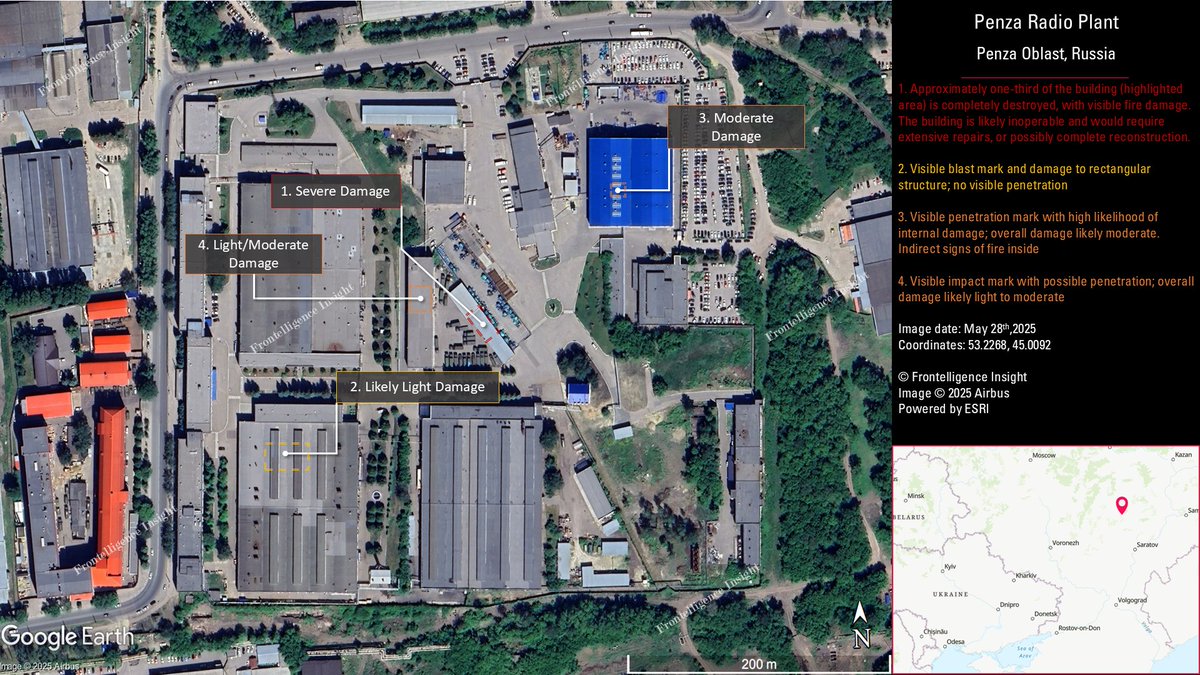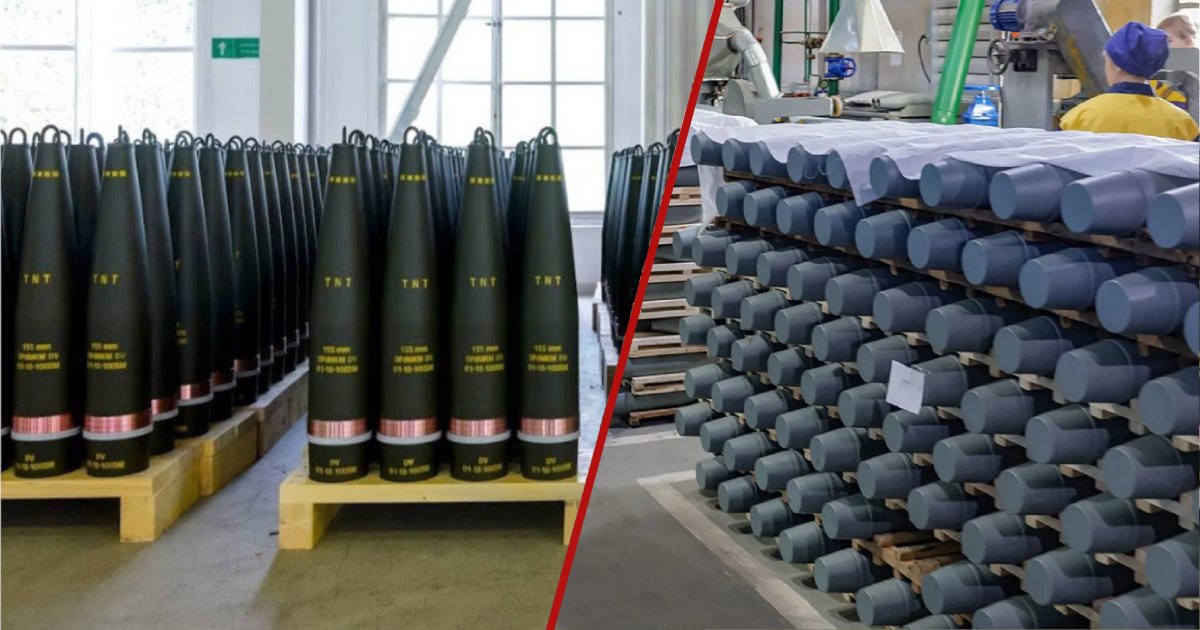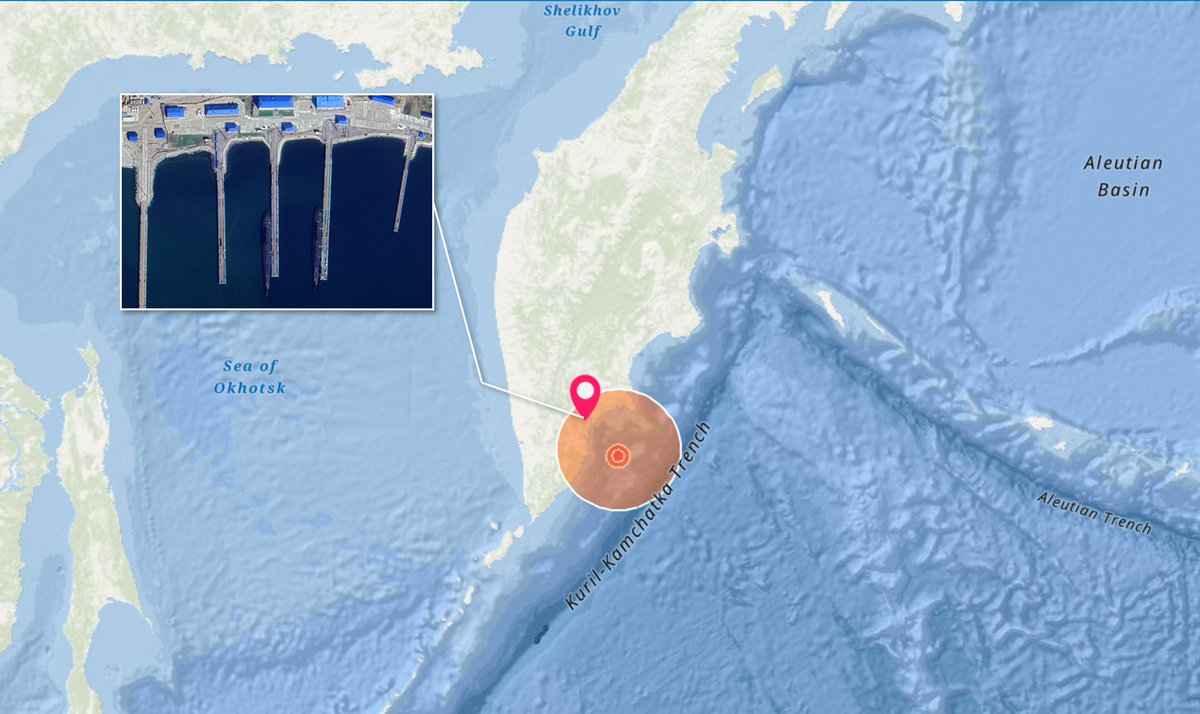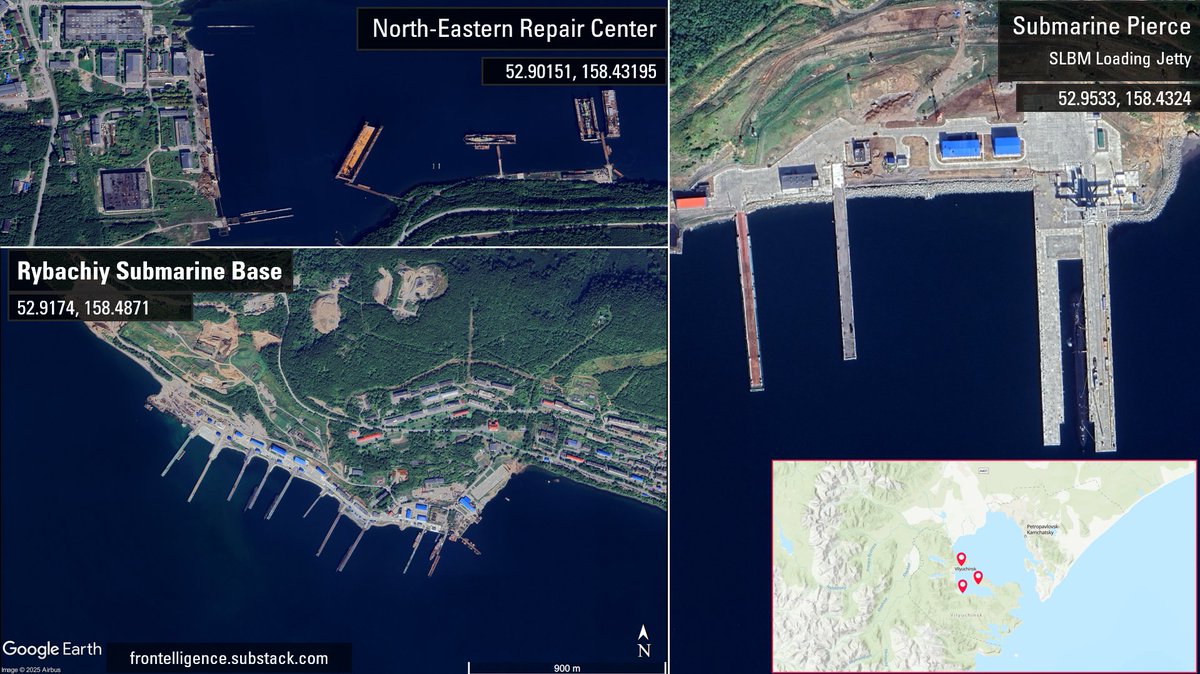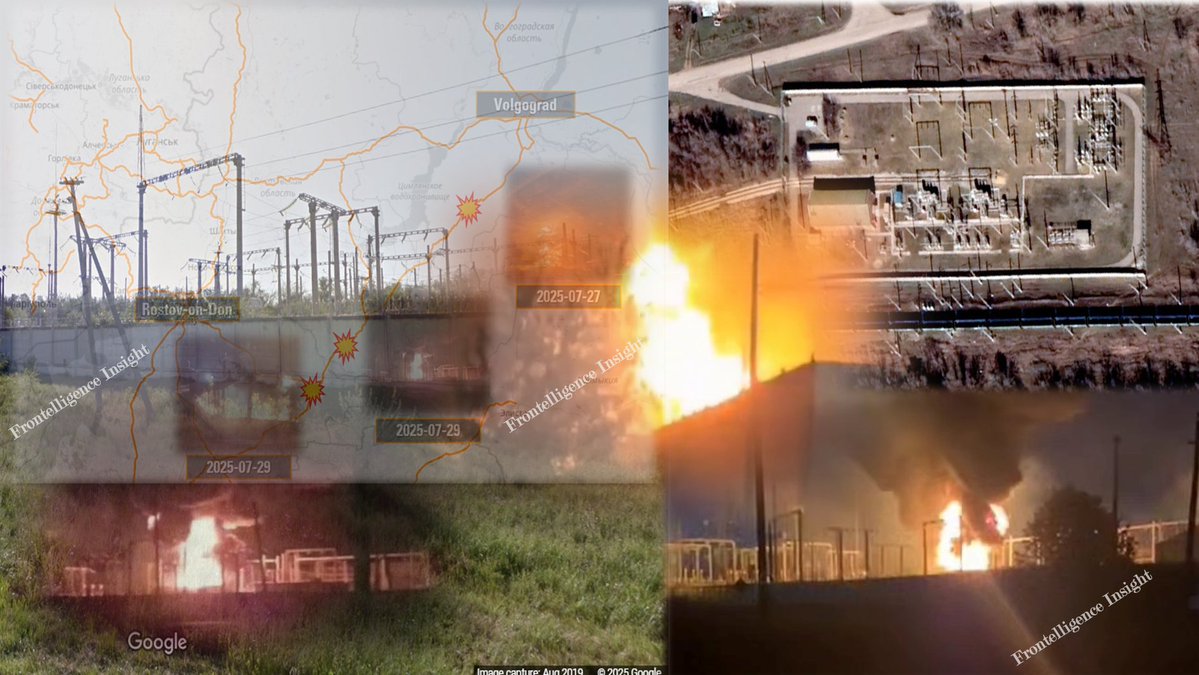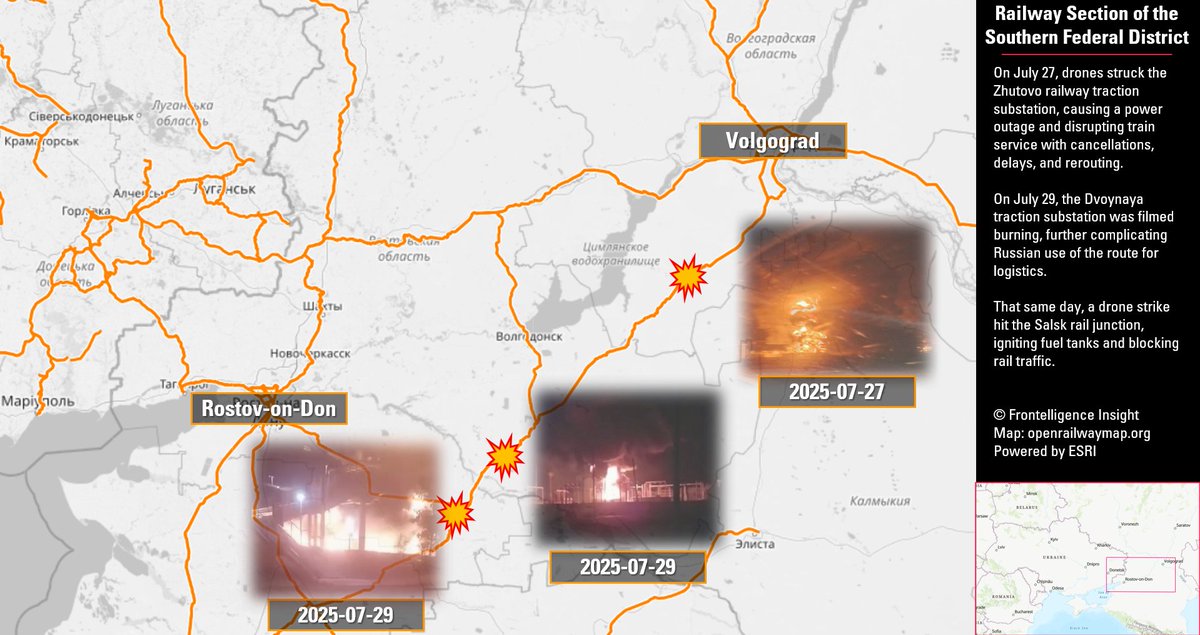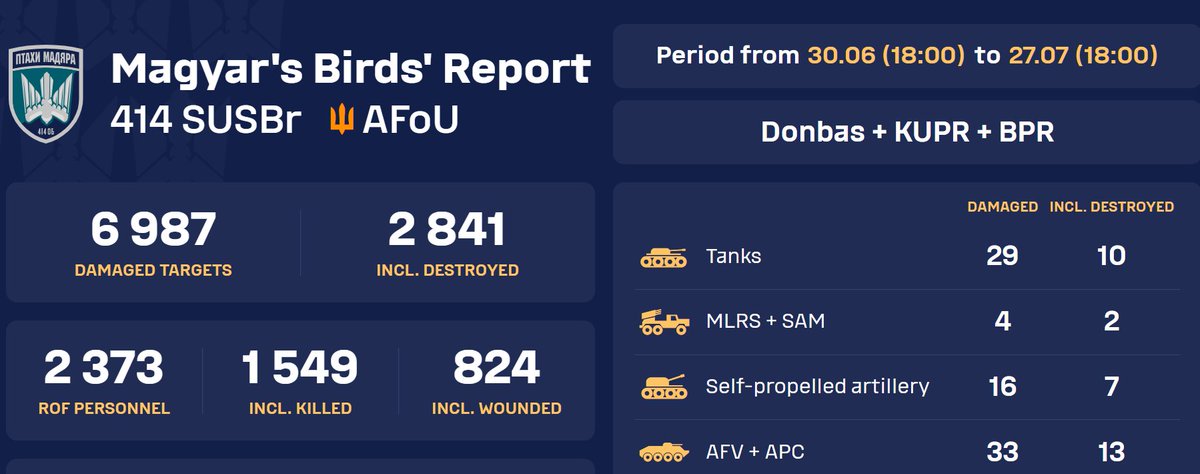What we know about today's ambush on Russian mercenaries in Mali.
🧵Thread:
1/ The attack likely took place on August 1st in the Mopti/Segou region, central Mali. At least 3 mercenaries were killed, though the actual toll is likely to be 4 KIA and 8 WIA from the African Corps:
🧵Thread:
1/ The attack likely took place on August 1st in the Mopti/Segou region, central Mali. At least 3 mercenaries were killed, though the actual toll is likely to be 4 KIA and 8 WIA from the African Corps:
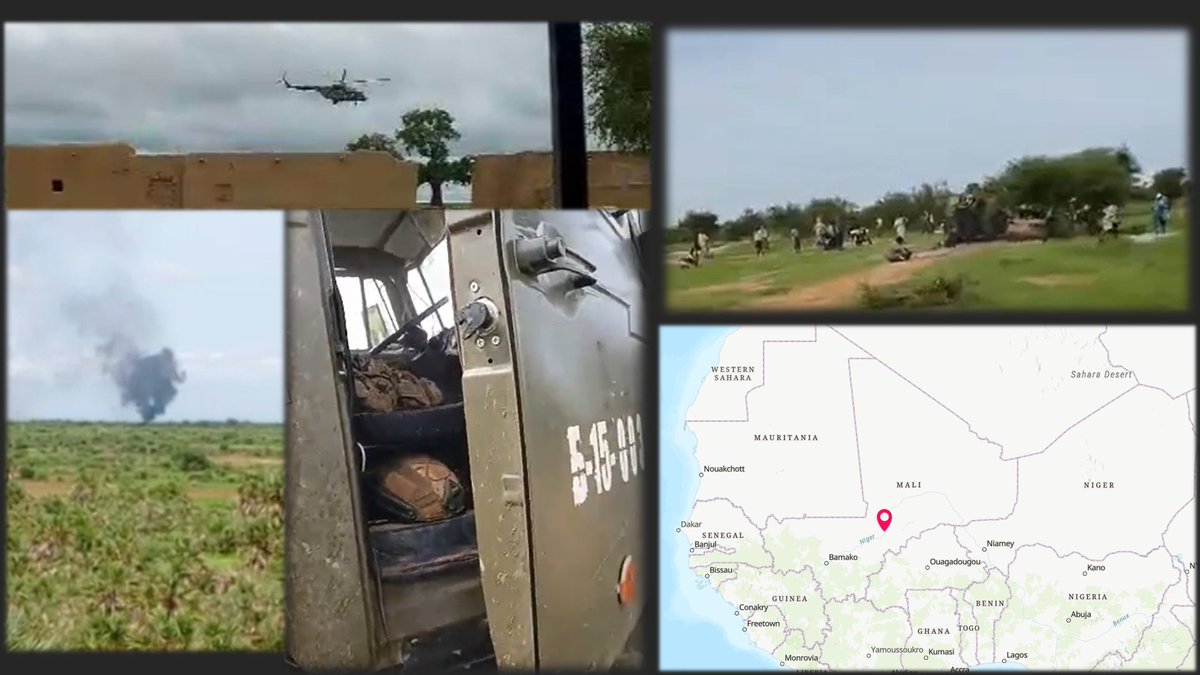
2/ The perpetrators are JNIM, an Al-Qaeda branch in Sahel. There are currently no indicators suggesting Tuareg separatist involvement.
Equipment was damaged as well. In the video, our team identified what appears to be a Ural-4320 MTP-A2.1, delivered to Mali earlier this year
Equipment was damaged as well. In the video, our team identified what appears to be a Ural-4320 MTP-A2.1, delivered to Mali earlier this year
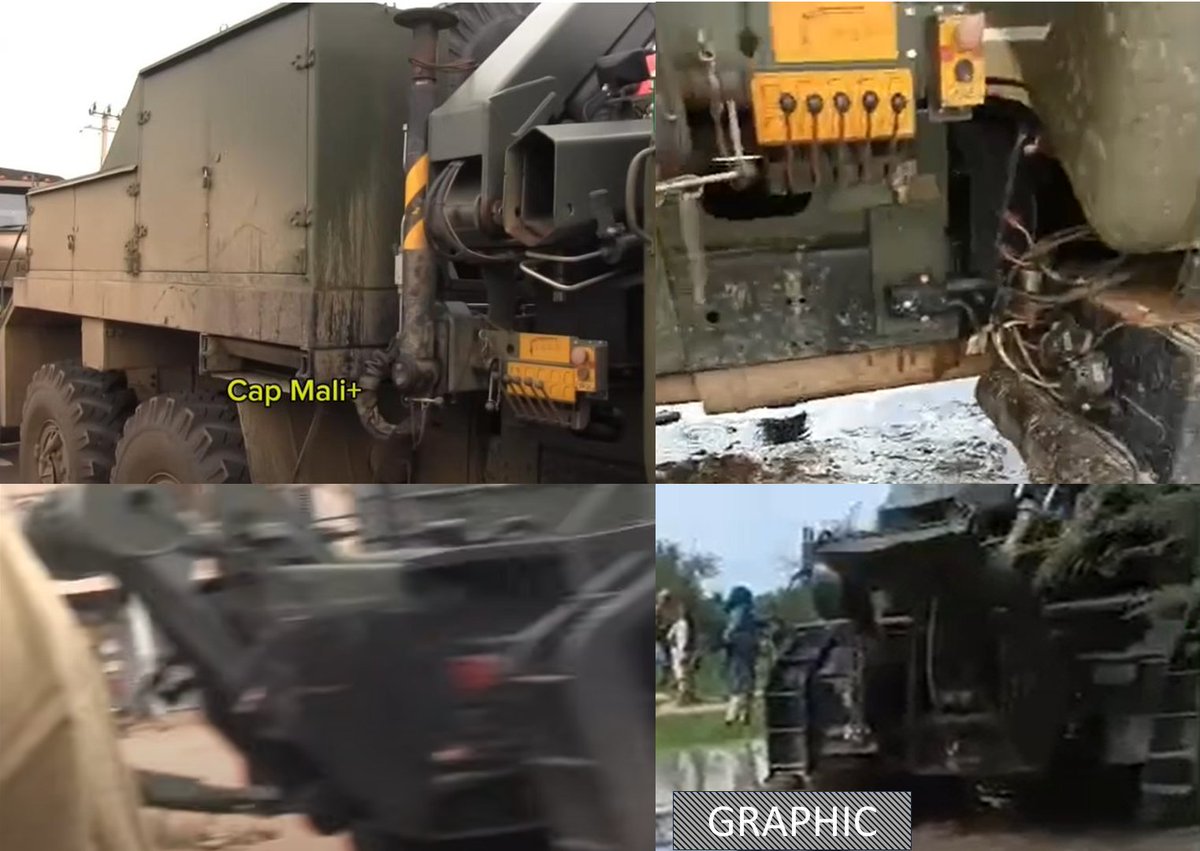
3/ In January 2025, our team documented hundreds of Russian vehicles moved to Mali via Guinea. Since then, at least two more shipments have followed. Based on visual comparison, we’re confident is the same Ural MTP - a mobile workshops that helps to recover and repair vehicles 

4/ Visual analysis of the footage suggests that among the killed were also soldiers from the Malian army. There are also reports that a Russian helicopter may have crashed, producing a plume of black smoke. So far, our team has not been able to verify the validity of this claim.
5/ According to one source with a relatively acceptable reputation, the column was attacked with machine guns and grenade launchers, with one grenade reportedly striking an armored vehicle in the convoy. We assume it was likely an MRAP.
6/ On a global scale, this is unlikely to cause any significant shift or impact the African Corps' positions in Africa. However, it is undoubtedly another reputational blow, and we will likely see punitive actions in the area, framed as counter-insurgency measures.
• • •
Missing some Tweet in this thread? You can try to
force a refresh



